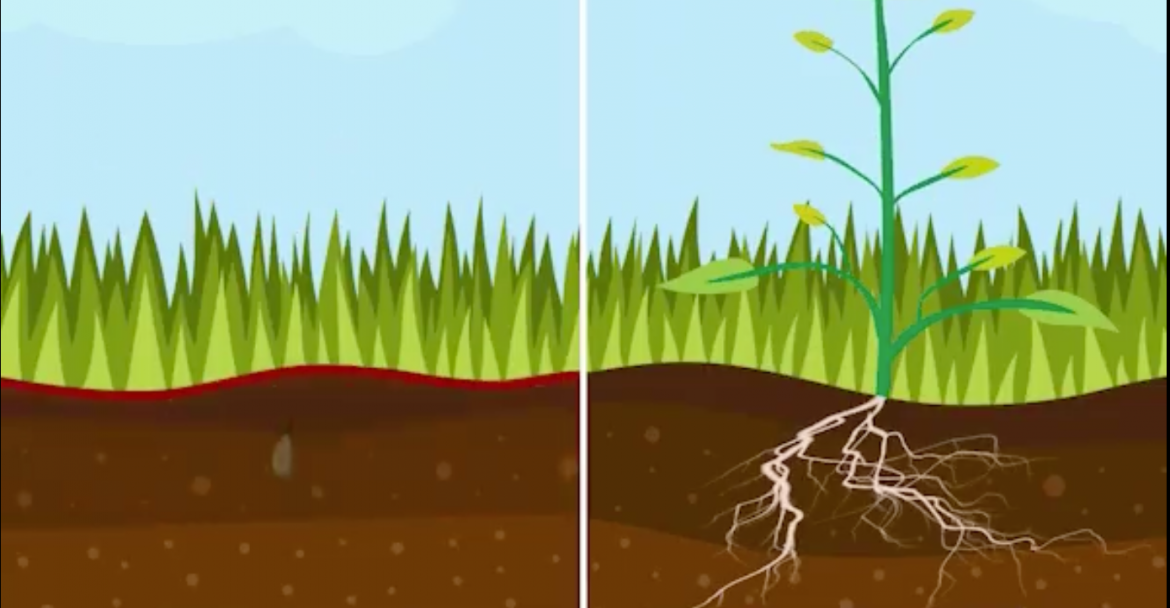Pre-emergent herbicides are a type of chemical treatment used to prevent the germination of weeds before they become visible in a lawn or garden bed. Early season pre-emergent is an essential part of lawn and bed maintenance and is typically applied in the spring when soil temperatures reach a certain level, signaling that weed seeds are starting to germinate. Be aware that pre-emergents cannot differentiate between broadleaf weed seeds and grass seeds, so if you plan on doing early season overseeing on a lawn, pre-emergents CANNOT be used or the grass seed will not germinate.
Why Use Pre-Emergent Herbicides?
Weeds can quickly overtake lawns and garden beds, making them look unsightly and preventing desired plants from growing. They can also take away valuable water, nutrients, and sunlight from other plants. By using pre-emergent herbicides, you can help stop weeds from germinating, thus preventing them from becoming a problem in your lawn or garden. Most pre-emergent applications can last up to 30-45 days, although some “claim” up to 3 months of protection.
Types of Pre-Emergent Herbicides
There are several types of pre-emergent herbicides available, including corn gluten meal, which is a natural and organic alternative. Chemical-based pre-emergent herbicides include those that contain active ingredients such as:
- Prodiamine
- Dithiopyr
- Pendimethalin
Each active ingredient has different properties, so it is essential to choose the right pre-emergent herbicide for your specific needs. When selecting a pre-emergent herbicide, consider the types of weeds you want to control, the type of plants you have in your lawn or garden bed, and any regulations regarding herbicide use in your area. It is best to have professionals apply these products, if you’re unsure of how to properly apply these on your own.
When to Apply Pre-Emergent Herbicides
The timing of pre-emergent herbicide application is crucial for its effectiveness. Most herbicides are applied in the spring when soil temperatures reach a certain level, usually between 55°F to 65°F, which is the ideal temperature range for weed seed germination.
To determine the right time to apply pre-emergent herbicides, you can use a soil thermometer to measure the soil temperature at a depth of 2-3 inches. If the soil temperature is within the ideal range, you can apply the herbicide.
How to Apply Pre-Emergent Herbicides
Pre-emergent herbicides can be applied using a granular or liquid form. For best results, use a fertilizer spreader or a sprayer to apply the herbicide evenly over the entire lawn or garden bed.
When applying a granular pre-emergent herbicide, be sure to spread it evenly over the area and water it in thoroughly. For liquid herbicides, follow the instructions on the label, making sure to apply the correct amount and to water the area after application.
Conclusion
Early season pre-emergent herbicides are a crucial part of lawn and garden bed maintenance. They help to prevent weed growth, which can take away valuable resources from other plants. When choosing and applying a pre-emergent herbicide, be sure to consider the type of weeds you want to control, the types of plants you have, and the timing of the application.


